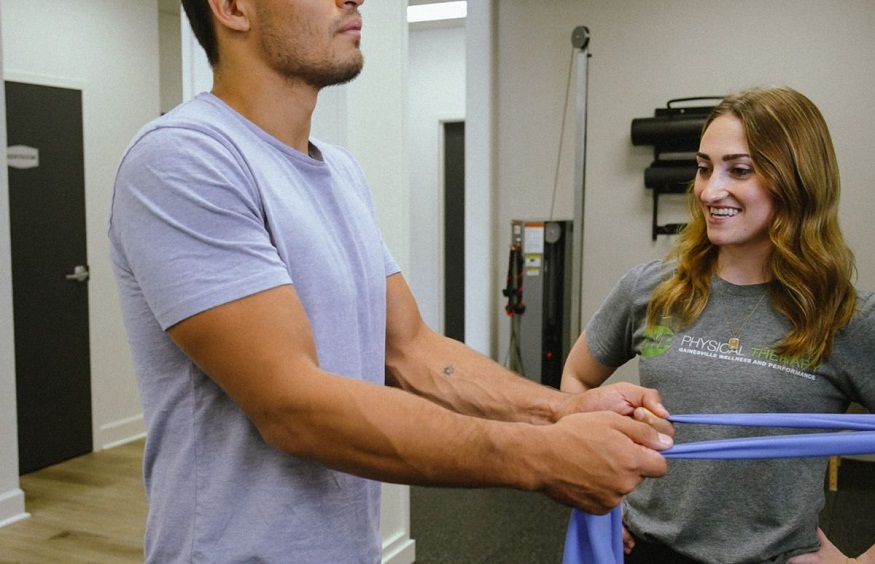Physical therapy is a subspecialty of rehabilitative medicine that uses specific exercises to assist patients to regain or enhance their inherent abilities. It manages patients at every stage of their recovery. It could be a confirmed diagnosis or therapeutic or preventive phases.
This treatment may be part of other forms of medicine or serve as a stand-alone option. Please read on to learn more about its benefits.
Physical rehabilitation
The treatment helps individuals recover from an injury or surgery. It can also alleviate any health condition that limits movement. The exercises, stretches, and motions aim to improve strength, flexibility, and mobility. This is to help the patient move more assuredly and safely.
What conditions is physical therapy used to treat?
Most patients begin the treatment following a medical professional’s diagnosis of an illness or injury. You may want to consider physical therapy Boise for the following conditions:
- Injuries from sports, including tennis elbow, twists and turns.
- Neck pain
- Back pain
- Spinal cord injuries
- Stroke
- Rotator cuff tears
- Tendinopathy
- Carpal tunnel syndrome
- Hip pain
- Traumatic brain injuries, etc
The diverse forms of physical therapy
Physical therapy involves mixed exercises or movements under the guidance of a therapist. It also includes hands-on techniques (a therapist moving a part of your body). The following are examples of physical therapy:
- Massage
- Stretching
- Hot and cold therapy
- Strength training (using weights or other exercise apparatuses).
- Hydrotherapy
- Transcutaneous electrical nerve stimulation.
Physical rehabilitation is a typical recovery step after surgeries. It can help you become more flexible, mobile, and strong—whether you require long-term assistance managing a chronic disease or just a few sessions following an injury.
Keep in mind that it is an outpatient process. You don’t have to stay in a hospital while receiving the treatment. Suppose you are recovering and already in the hospital. In that case, you may begin therapy and continue with it once discharged.
What are the advantages of physical rehabilitation?
Physical therapy can target any bodily network that governs movement. It could be your musculoskeletal muscle, neural and integumentary systems. It has the following benefits:
Better mobility
Physical therapy can be helpful if you have challenges getting up, moving about, or standing. It involves exercises that target both strength and flexibility to aid in restoring mobility.
Eliminate or lessen discomfort completely.
Manual therapy methods and therapeutic exercises, such as electrical stimulation or soft tissue and joint mobilization, can completely reduce pain. They can even restore the normal functioning of muscles and joints. Usually, these treatments keep the discomfort from coming back.
Replace surgery and opioids
Physical therapy may be effective for degenerative disk disease or knee osteoarthritis. The treatment can promote healing even if surgery is necessary. Additionally, if you have chronic pain, physical rehabilitation helps manage your discomfort, eliminating the need for prescription opioids and other painkillers.
The takeaway
Generally, physical rehabilitation is suitable for chronic pain. In other words, any other ailment that interferes with your ability to move and function properly. According to studies, a customized physiotherapy program can help people regain their functioning level.





